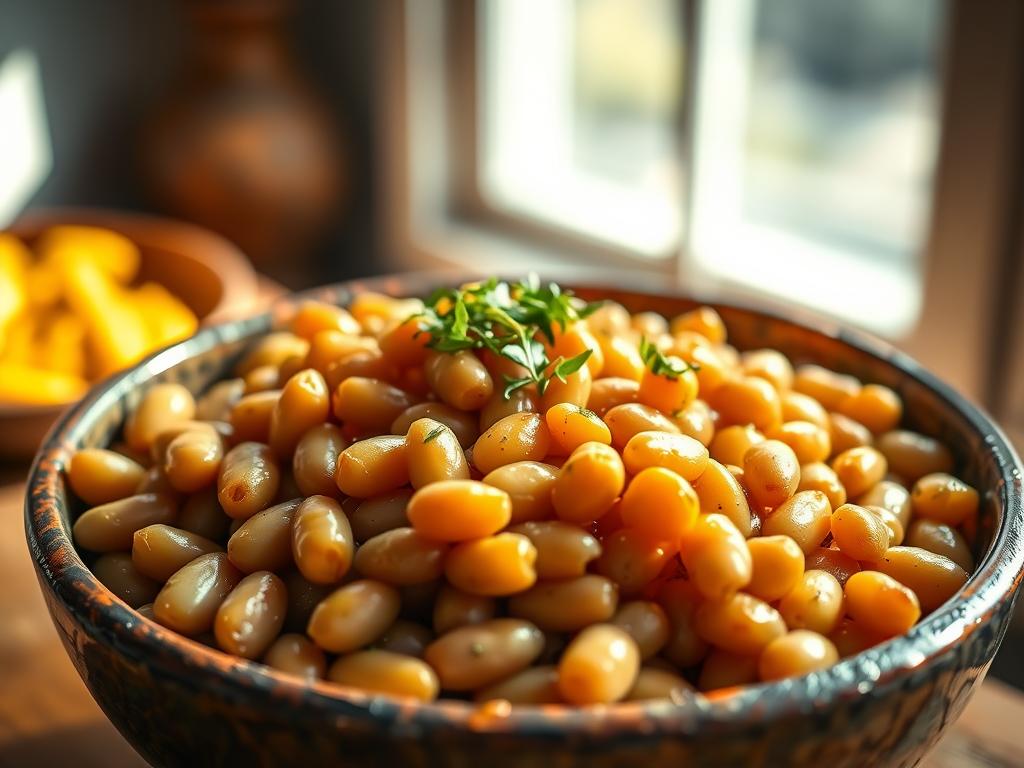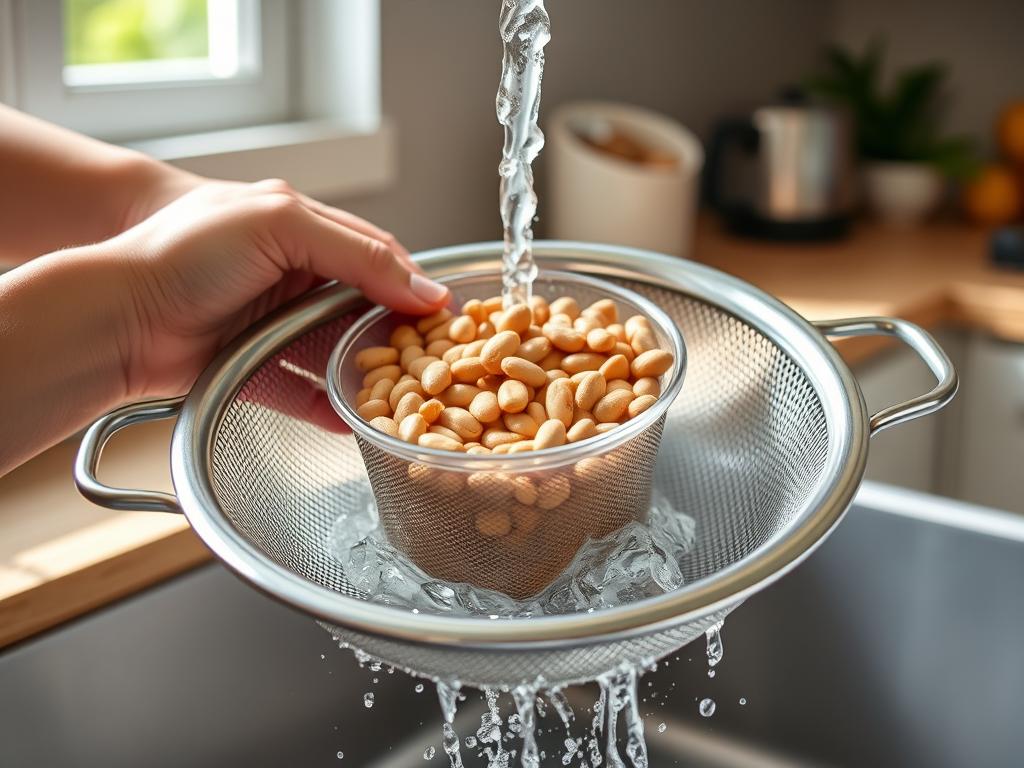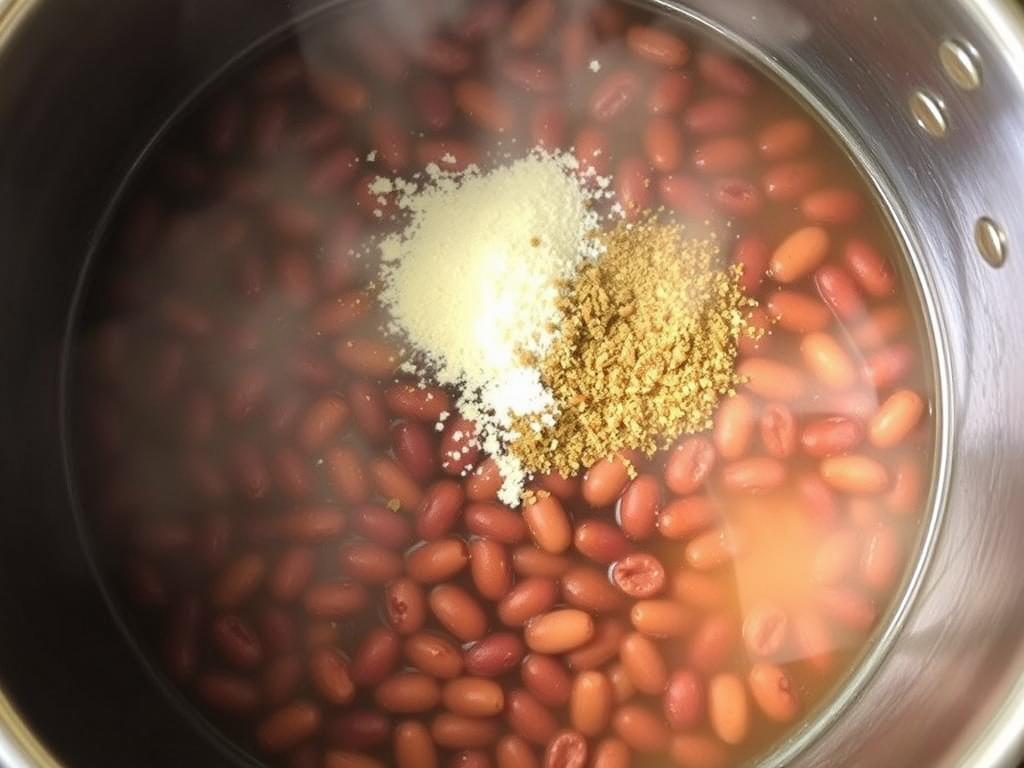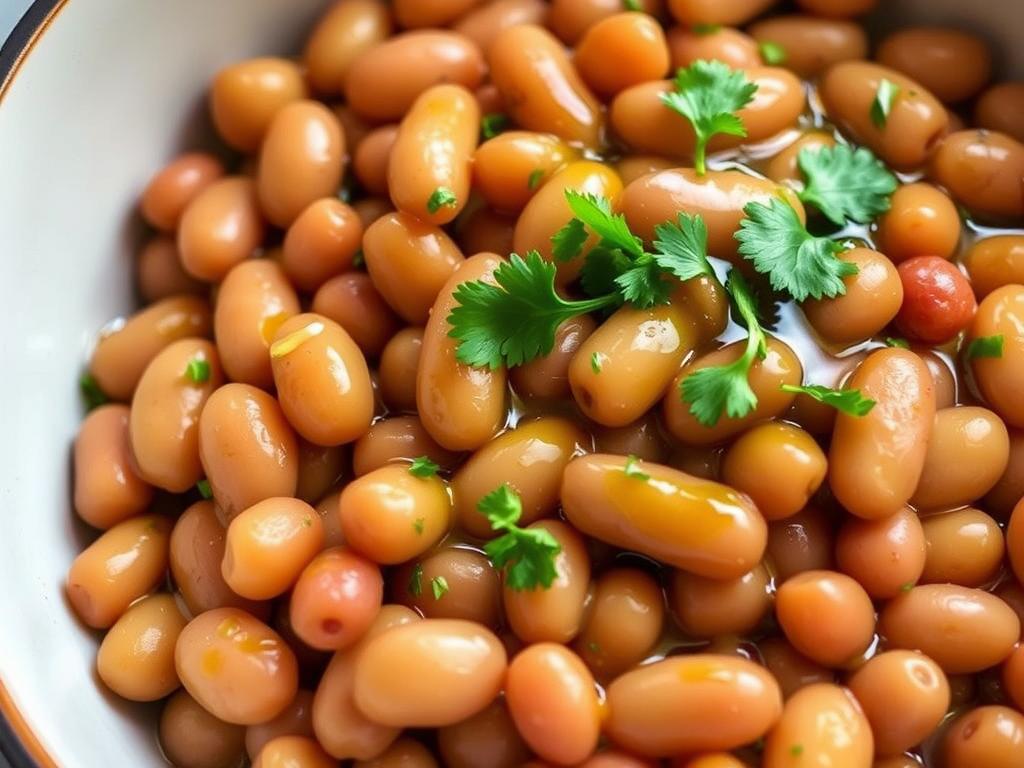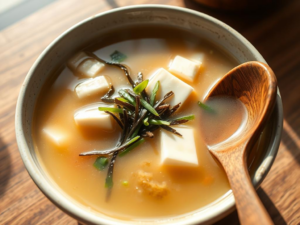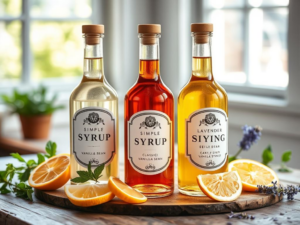How To Cook Beans From Dry Without A Pressure Cooker
Introduction
Tired of relying on canned beans? Discover the magic of cooking beans from dry – it’s easier than you think, and the flavor payoff is immense! This recipe guides you through the process without needing a pressure cooker, proving that delicious, homemade beans are achievable with simple stovetop methods. Get ready to experience the rich, earthy flavors of perfectly cooked beans, bursting with texture and brimming with nutritional goodness.
Why You’ll Love This How To Cook Beans From Dry Without A Pressure Cooker
This recipe unlocks the world of homemade beans without the need for specialized equipment. It’s a budget-friendly way to enjoy healthy, flavorful beans, perfect for soups, stews, salads, or as a simple side dish. The slow-cooking method develops a deep, complex flavor that canned beans simply can’t match. Plus, you control the ingredients, ensuring a healthier and more delicious outcome.
Essential Ingredients for How To Cook Beans From Dry Without A Pressure Cooker
Gather your simple ingredients and let’s get started on this flavorful journey!
- 1 cup Dry beans (such as pinto, kidney, or black beans), rinsed
- 6 cups Water
- 1 teaspoon Baking soda (optional, helps soften beans)
- 1 teaspoon Salt
- 1 bay leaf
- 1 clove Garlic, smashed (optional)
Let’s Make How To Cook Beans From Dry Without A Pressure Cooker Together!
Let’s embark on this simple yet rewarding cooking adventure!
You Must Know Before You Start
Soaking the beans overnight significantly reduces cooking time and improves texture. If you’re short on time, a quick soak (at least 2 hours in boiling water) will work, but overnight soaking is recommended. Also, ensure you use a pot large enough to accommodate the beans and water; they’ll expand considerably during cooking.
Add Your Touch (Variations & Customizations)
Feel free to experiment and make this recipe your own!
- Smoky Beans: Add a smoked paprika or chipotle pepper in adobo sauce for a smoky kick.
- Herby Beans: Include fresh herbs like thyme, rosemary, or oregano during the last 30 minutes of cooking.
- Spicy Beans: Add a pinch of red pepper flakes for a little heat.
- Flavor Boost: A piece of onion or a few diced carrots added during cooking will enhance the flavor.
Instructions
- Rinse the beans thoroughly under cold water. Soak the beans in plenty of cold water overnight (or for at least 2 hours in boiling water).
- Drain and rinse the soaked beans. Place them in a large pot, and cover with 6 cups of water. Add the baking soda (if using), salt, bay leaf, and garlic (if using).
- Bring the mixture to a boil over high heat, then reduce heat to low, cover, and simmer gently for 1-2 hours, or until the beans are tender. Stir occasionally to prevent sticking.
- Remove the bay leaf and garlic (if used). Taste and adjust seasoning as needed. Serve immediately or store in an airtight container in the refrigerator for up to 5 days.
Chef’s Helpful Tips for Perfect How To Cook Beans From Dry Without A Pressure Cooker
Here are a few extra tips to ensure bean perfection!
- Don’t add salt at the beginning of the cooking process, as it can toughen the beans. Add it towards the end.
- If your beans are still firm after 2 hours, continue simmering until they reach your desired tenderness. Add a little more water if necessary.
- For a creamier texture, you can mash some of the beans against the side of the pot before serving.
Nutrition Facts (Approximate)
Please note: Nutritional information is an estimate and can vary based on ingredients and serving size.
- Serving Size: 1 cup
- Calories: 230 kcal
- Protein: 15g
- Fat: 2g
- Carbohydrates: 45g
This recipe is an excellent source of fiber and protein.
Frequently Asked Questions (FAQ)
- Why are my beans mushy?
- Overcooking is the most common cause of mushy beans. Reduce the heat to a gentle simmer and check for tenderness frequently.
- Can I use different types of beans?
- Yes! This recipe works well with most dried beans, but cooking times may vary. Check the package instructions for specific recommendations.
- What can I do with leftover beans?
- Leftover beans are fantastic in soups, stews, salads, chili, or as a side dish. You can also freeze them for later use.

